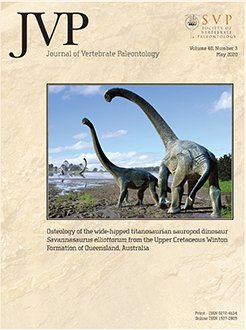The Rhizodontida are a group of tetrapodomorph sarcopterygian fishes with a worldwide distribution in the Devonian and Carboniferous periods. Rhizodontids were first described in the U.K., with Carboniferous taxa such as Rhizodus, Strepsodus, and Archichthys each based on isolated teeth (probably symphysial tusks) with distinctive morphologies. Some isolated fin material has also been described, including humeri, but this material has generally been assigned to either Rhizodus or Strepsodus purely on the basis of its size (with the larger material assigned to Rhizodus) or lithology (with specimens in coalshale assigned to Strepsodus). As a first step towards resolving this situation, we have utilized micro-CT scans of U.K. rhizodontid humeri, including newly discovered specimens from Scotland, to establish four distinct humeral morphogroups. This provides a robust framework for interpreting future discoveries, with the hope that these morphogroups can ultimately be securely linked with the distinctive tooth morphologies. The histology of the endochondral bone of the rhizodontid humerus is also described for the first time.
How to translate text using browser tools
8 December 2020
A New Look at Carboniferous Rhizodontid Humeri (Sarcopterygii; Tetrapodomorpha)
Zerina Johanson,
Jonathan Jeffery,
Tom Challands,
Stephanie E. Pierce,
Jennifer A. Clack
ACCESS THE FULL ARTICLE






